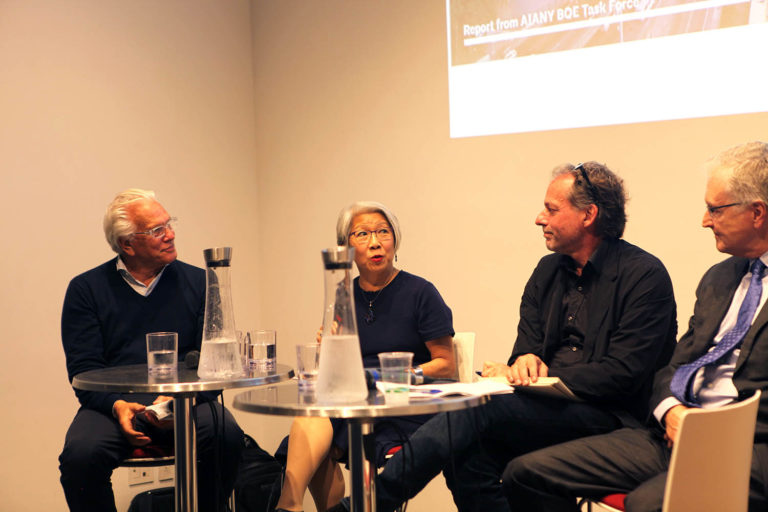The NYC Department of City Planning’s Principles of Good Urban Design offer New Yorkers a set of shared values and common language to advocate for good design in their neighborhoods and city. DCP first released the Principles of Good Urban Design in 2017, and has now transformed it into a full-fledged, illustrated guide that will soon be available on the agency’s website.
The question of who participates in designing our city should be a matter of principle, not privilege. Urban design impacts all New Yorkers and informs a wide range of issues—from discussions of individual buildings, streets, and parks, to broader questions of how the built environment can improve health outcomes, address environmental needs, and adapt to societal challenges. The Principles of Good Urban Design guidebook offers a core set of values and terms that New Yorkers can use to evaluate, discuss, and advocate for good design in these conversations. The guidebook also showcases how the Department of City Planning puts these design principles into practice with real-world project examples. These include Sendero Verde in Harlem, the world’s largest fully-affordable Passive House certified building; and the East New York Neighborhood plan, a collaboratively-developed roadmap for new housing, economic development, community services and public spaces in a historically-underinvested neighborhood. These projects demonstrate how clear, thoughtful urban design helps advance equity, affordability, and sustainability, key priorities for the Department of City Planning as it works to build a City of Yes.
Join us for the launch of NYC’s Principles of Good Urban Design and Guidebook—which illustrates how they can be used to advance key agency priorities, including equity, sustainability, and affordability—and hear from a broad range of city makers on how they incorporate these principles into their work.
Introduction:
Greg Switzer, AIA, NOMA, NCARB, 2024 President, AIA New York; Managing Principal, Gregory Switzer, P.C.
Keynote:
Dan Garodnick, Chair, NYC Planning Commission; Director, NYC Department of City Planning
Speakers:
Erick Gregory, Chief Urban Designer and Director of Urban Design Office, NYC Department of City Planning
Ya-Ting Liu, Chief Public Realm Officer, NYC Mayor’s Office
Delma Palma, AIA, Vice President of Design and Construction, Empire State Development
Gena Wirth, RLA, Design Principal + Partner, SCAPE Landscape Architecture
Dan Kaplan, FAIA, Senior Partner, FXCollaborative
Emily Haines, Career-Connected Learning Coordinator, Laboratory School of Finance & Technology
Priyanka Jain, Principal, Director of Development, 3×3
Matthew Washington, Vice President and Chief of Staff, Phipps Houses
Samantha Magistro, CEO, BronxPro Group


